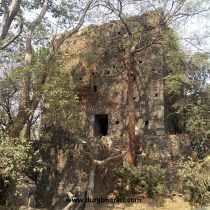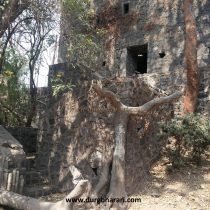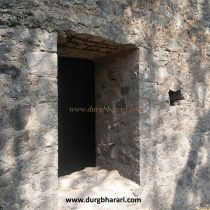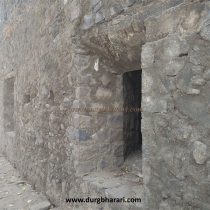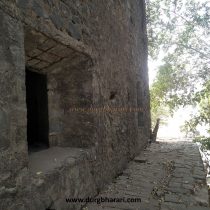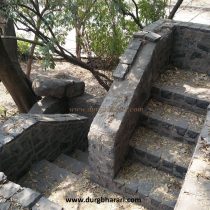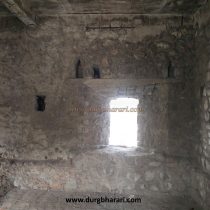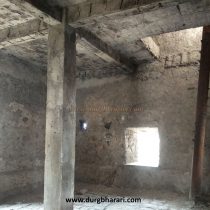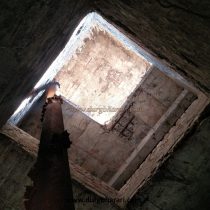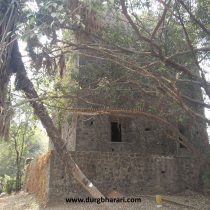BELAPUR BURUJ
TYPE : SINGLE BASTION
DISTRICT : THANE
HEIGHT : 0
GRADE : EASY
Belapur village is situated at a strategic place where Panvel creek meets Thane creek. The fort of Belapur was built by the Portuguese in the 16th century to monitor the flow of traffic through the creek after the conquest of Sashti Island and to protect it from possible attacks by the Marathas across the creek. At the same time, the Portuguese built a bastion on the bank of creek to protect the fort. Today the location of bastion has been completely changed from bank of creek to land due to geographical changes. As there is no information available about this bastion and the locals do not know much more than killa chauk, one should go there with full information. On the way from Belapur to Uran, this bastion built for the protection of the fort stands behind the garden of Navi Mumbai Municipal Corporation at Palm Beach Road fork.
...
. On the right side of the road on Palm Beach Road, while coming from Uran, on the left side, the building of Belapur Bastion is visible. The bastion is a square watchtower. From its overall structure, it is a fighter bastion. The bastion must have been used to monitor the creek traffic and to stop the ship moving toward belapur fort with help of long-range cannons. Black wrought stones are used for the construction of this square shaped bastion. The bastion stands on a quadrangle structure and is built like a church’s peak. There are steps to climb the quadrangle structure. The construction of this bastion is completely different from other bastions built by the Portuguese in Thane area. About 30 X 30 feet in size and 40 feet high, the bastion is hollow inside and could accommodate soldiers. The entire bastion has 3 floors and there was a circular iron staircase inside to go up to the bastion but today only the middle pillar of this circular staircase remains. During the Vasai campaign of 1737, under the leadership of Narayan Joshi, the Marathas laid siege to this area and on 18th April 1737, this part came under the control of the Marathas. The territory was conquered by English Colonel Kay on 23 November 1778. In 1779, according to the treaty of Wadgaon, the British had to return the possession of this area to the Marathas. Captain Campbell conquered Belapur on 12 April 1780, but according to the treaty of 1782, the British again had to hand over the possession of this area to the Marathas. On June 23, 1817, Captain Charles Gray conquered the fort and annexed it to the British Empire. The present condition of the bastion is deplorable and trees have grown on the walls of the bastion. 15 minutes is enough to see the bastion. Anyone who comes here with an expectation to see a fort is likely to be disappointed, but if you want to see the Portuguese watchtower on the sea route and its geographical importance, you must visit this place.
© Suresh Nimbalkar

